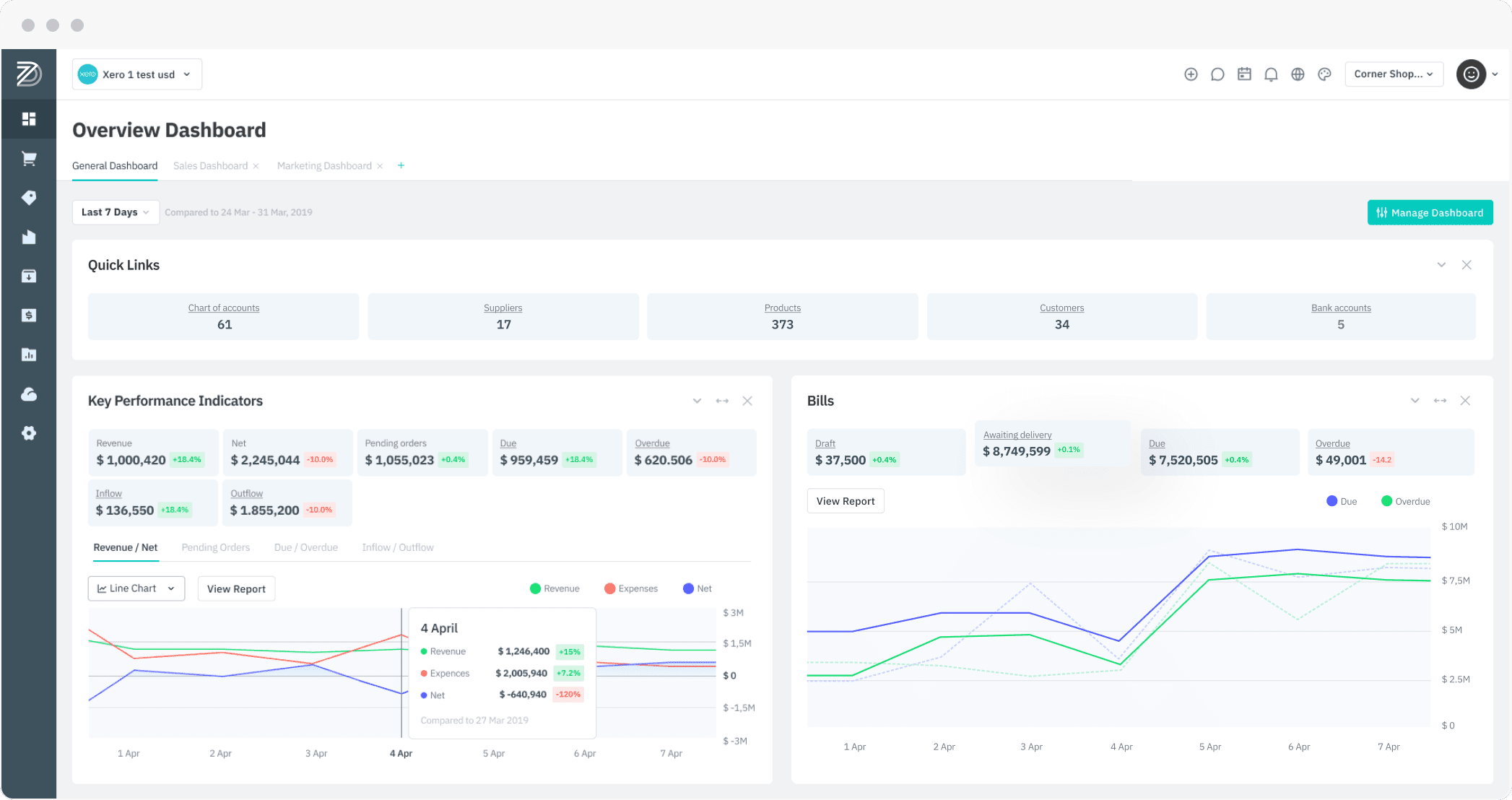Lead time is the time span from receiving an order to delivery of your product or service to your customer. In a nutshell, it reflects how long the customer needs to wait to receive what they ordered. If you make them wait for long, it frustrates them, which should be avoided at all costs.
This article contains six common factors that affect your lead time. Understanding these factors will help bring awareness to them and reduce your lead time. Let us see what these factors are.
#1 Stockouts
Just like a vehicle cannot run without fuel, a manufacturer cannot fulfill orders without raw materials. Stockouts can be catastrophic for manufacturers as they halt production. As production is delayed, it increases the lead time and adds to the customer’s’ dissatisfaction.
It not only leads to a loss in sales, but it can also frustrate the customers and incentivize them to buy from your competitors instead. However, this disaster can be avoided by automating your inventory process.
With the right inventory management software, you can set reorder levels so the system automatically places orders with suppliers when raw materials fall below a certain preset level ensuring that you do not face stockouts.
#2 Lead Time Variability
Just like stockouts can lead to an increase in your manufacturing lead time, the same can happen to your suppliers. Stockouts and supply chain issues with your suppliers can increase their lead time and consequently lead to an increase in yours.
If you are dealing with multiple suppliers, it can be hard to predict when all the required items will be delivered. It can lead to either overstocking or understocking. Ordering excess inventory can put a strain on your budget and understocking can lead to a loss in potential sales. All this makes it challenging to execute production smoothly.
This issue can be addressed by consolidating your suppliers, ensuring that everything you need arrives simultaneously, ensuring smooth production runs smoothly and lower shipping costs.
#3 Amount of Testing Required
If you plan to perform skydiving, you expect the parachute to be well tested and of supreme quality, right? After all, your life depends upon it.
For items like parachutes, extensive testing is essential. More testing requires more time. The production part approval process (PPAP) determines the time to complete processing. In manufacturing, you need to check the individual quality of the products and ensure that the parts work as desired once combined.
The number of tests and the number of parts that need to be tested all affect lead time.
#4 Delays in Shipping
Shipping is the act of carrying items from one place to another. It can be affected by natural disasters, human error and component shortages. Out of all the issues discussed so far, this one is the most unpredictable and challenging to control.
The risk of shipping delays can be mitigated by sourcing suppliers located near your business. Otherwise, you can choose a supplier who constantly keeps inventory stocked by constantly monitoring their levels. The general rule of thumb is fewer incoming shipments lead to a lower risk of order fulfillment delays.
#5 Inefficient Inventory Control
Inefficient inventory control can adversely affect the lead time of your manufacturing unit. Inefficiencies increase inventory management cost, raise stock handling charges and generally slow the production process. Unlike delays in shipping and lead time variability of suppliers, inventory control is entirely in your control.
Implementing proper inventory control can help you determine how much inventory you currently hold, ensuring that you have all the necessary components to run manufacturing smoothly.
#6 Market Demand
In 2017, the demand for fidget spinners was soaring high! It is estimated that 50 million fidget spinners were sold in the first half of 2017. But today, there is hardly anyone who talks about them.
This case proves that you cannot accurately predict customer demand. If something is in high demand today, it does not necessarily mean that it would be relevant tomorrow. Overstocking in such scenarios can lead to losses.
Market demand can also affect the lead time. If there is a spike in demand for your product, your suppliers could likely be facing high demand as well. A delay from suppliers can increase order fulfillment time and thus lead to a rise in your lead time.
Reducing Lead Time Using DEAR Systems
With DEAR Systems, you can take charge of your inventory management and avoid situations such as stockouts and inefficient inventory control.
You can automate your purchase orders, get insights about your stock levels and streamline your manufacturing process to reduce overall lead time.
Book a call with us today to discuss how DEAR Systems can help you to reduce your lead time.






